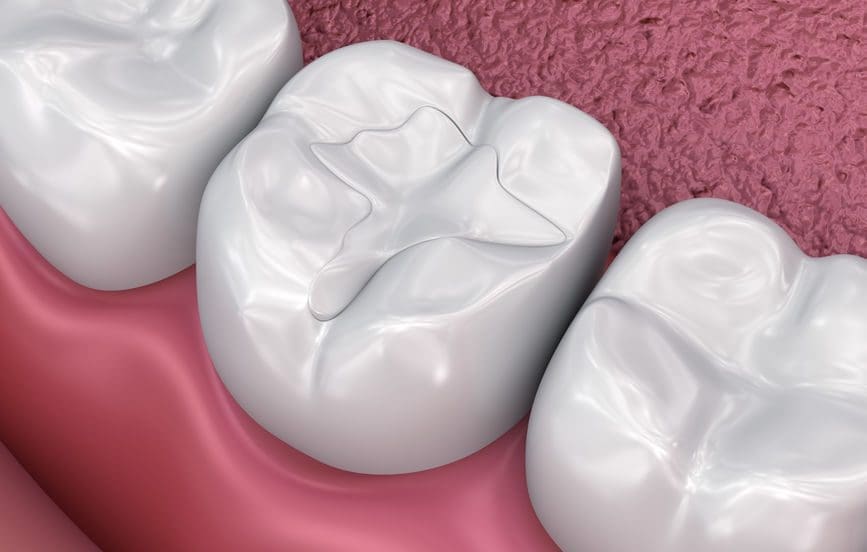Restoring damaged teeth and helping them function as before is the main purpose of using dental fillings. Damage to teeth can happen due to many reasons. This can be due to other medical conditions, continued medication, improper oral hygiene, and habits like smoking or using tobacco. Continuing unhealthy lifestyle that promotes damage to the teeth, results in decay in the teeth in the form of dental cavities or cracked teeth.
Teeth which suffer structural damage are not able to provide the functional support as their shape and stability are lost due to the damage. Protecting the oral and dental health of the person is possible if the dental issue is restored and further damage is stopped by different dental procedures. Usually, during dental consultations, the dentists will suggest procedures that will help to restore dental health. One such dental procedure that helps in reinstating dental health is dental fillings.
Types of dental fillings
As different people have different issues that require dental fillings, the choice of the fillings also changes. The dentist will be able to suggest which dental fillings are suitable for the issue faced. There are fillings available that are made from different materials, some of which are highly refined and mimic the natural teeth and are the go-to choice for those who want to have the best looking restored teeth.
Gold fillings
These fillings come under the metal filling category and have been used since the early era of dental fillings. They offer good strength and stability and can be used for a long time without needing any repair. But as the metal used is gold, it is a bit expensive when compared with other fillings. They require more than one visit to the dental clinic, as the dentist will need to measure the teeth to prepare the filling.
Silver fillings
Silver fillings also come under the metal filling category and in this type, silver is used. They also offer good support to the teeth like the gold fillings, but are less expensive. Some do not prefer silver fillings due to the colour of the filling. Usually, these fillings are preferred for fillings in the teeth that are inside the mouth and not in the visible front teeth. As they are stable, they offer great support to the teeth that have chewing function.
Composite fillings
These composite/plastic fillings have the great advantage of being similar in colour to natural teeth. For this reason, they are often used for front teeth that need a filling or in areas that are visible. During the visit to the dentist, the materials are mixed and placed in the area that needs to be filled. They might require to be replaced after some years of use as they are not as durable as the metal fillings.
Porcelain fillings
These fillings are made of oxygen and silicon that have been developed into a non-crystalline glass. These fillings are made in the dental lab and applied to teeth, like other procedures, this also requires a few visits to the dentists as the fillings need to be placed in the teeth cavity. They can be made to be similar to the natural teeth in colour and one of the advantages is that they are stain resistant.
Glass ionomer fillings
This filling works almost as a sealant for the affected teeth, they cover the cavity in the teeth that need to be protected. They will protect the teeth cavity from the outside environment and stop any possible future damage to the teeth. These are usually used for fillings in children as they also release fluoride which helps in offering extra protection to the teeth. They do not last long, and need to be replaced after five years of use.
The filling process
Dental fillings are usually used to close the cavity that is present in the teeth and which can alter oral and dental health. The cavity will be infected and during the dental filling procedure, the dentist will drill a hole to widen the cavity and also reach into the interior of the teeth. Using specialised tools, the dentist will remove the infected core of the teeth and then wash away any remaining remnants of the infection.
After the cavity is clean and sterile, the chosen dental filling will be filled up in the teeth. The cavity in the tooth is filled up and it is sealed. This procedure of drilling and cleaning the cavity usually takes less than an hour and the dental filling procedure might take a few visits depending on the filling chosen and the procedure employed.
It is important to follow the guidance given by the dentist, after the dental filling procedure. This will help to ensure that the cavity remains sealed and the oral and dental health of the person remains unaffected. It is important to go for regular dental check-ups as this will help to identify the dental problem that is existing and proactive steps can be taken to protect oral and dental health.

